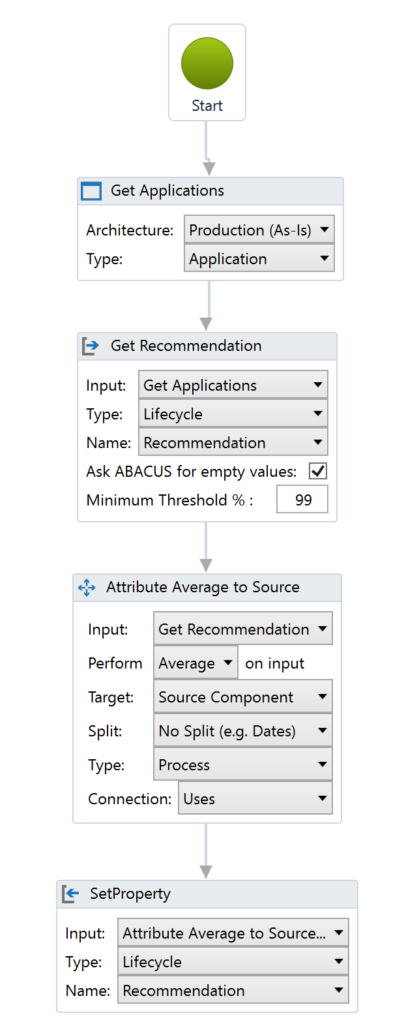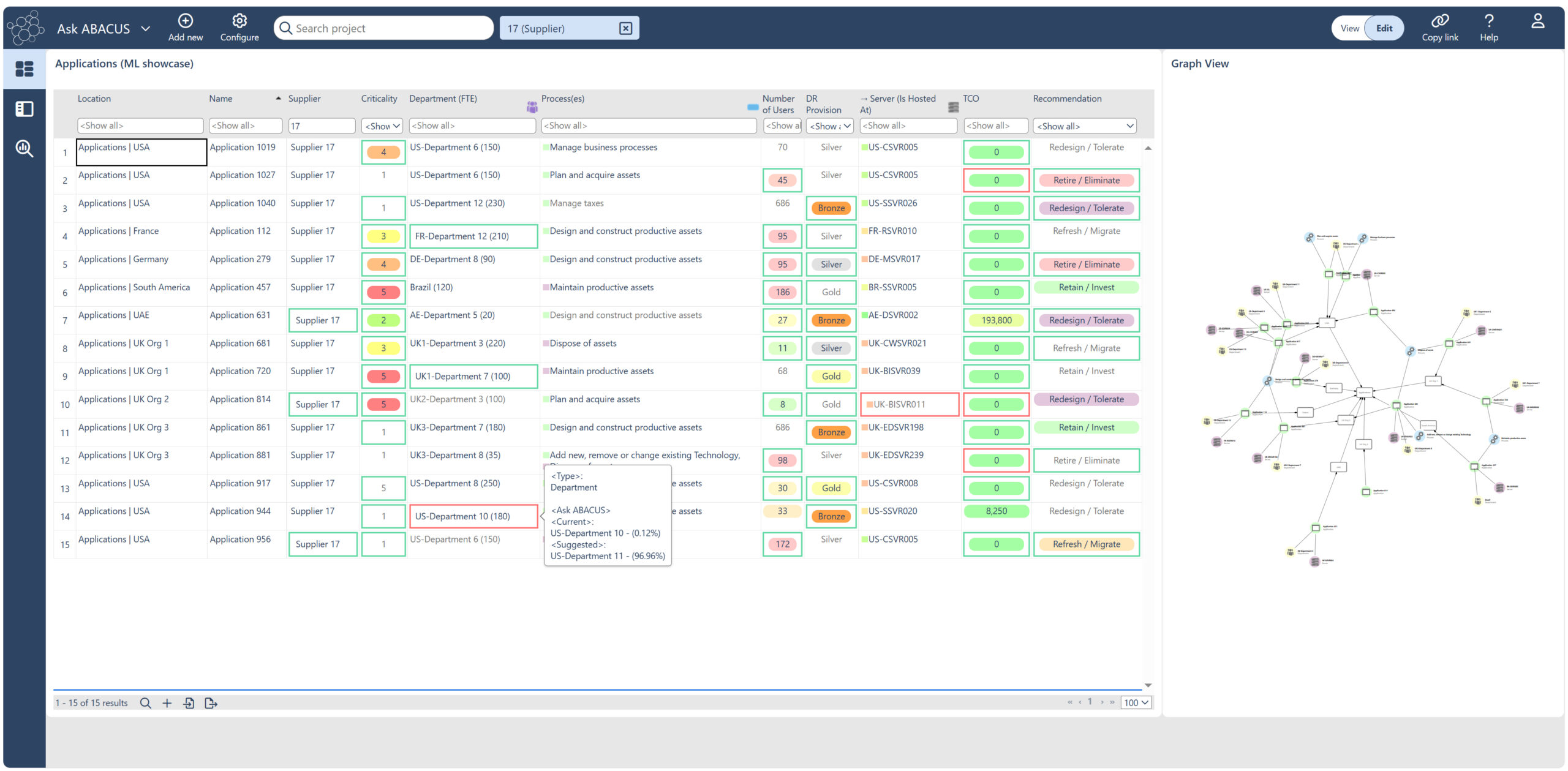Enterprises are in the midst of an application explosion and a transformation acceleration. This means their underpinning architectures – made up of interactions between people, processes and technology – are growing and changing more quickly than ever. These all need regular oversight and management.
What kind of organization and decision-making challenges are we looking at? Well, let’s consider just cloud applications. According to Gartner’s forecast on public cloud end-user spending, the worldwide end-user spending on public cloud services is forecast to grow 20.4% to total $678.8 billion in 2024i. Cloud now represents around a half of all IT infrastructure; with cloud migration also continuing apace.
As well as the layers of infrastructure, servers, bespoke software and off-the-shelf solutions which keep a business humming, enterprise architects also manage how these interact with external systems, with processes, with people and the numerous documents and data sources that go with these.
Large amounts of technical and financial data are also continually generated. Big data keeps getting bigger. All this needs sensible monitoring as significant costs and risks are at stake: the job of architects.
How can AI help Enterprise Architects?
Many companies are already comfortable relying on Artificial Intelligence (AI) or machine learning to boost business data analysis or sales workflows. For instance, as part of their CRM, or their cybersecurity defenses.
A 2024 report by Forbes found that over half of business owners are using artificial intelligence for cybersecurity and to combat fraudii. Other top use-cases include improving internal communications and customer relationships.
We can also use AI to quickly generate insights from other enterprise datasets.
Enterprise architects who need to identify trends, bottlenecks and opportunities are turning to tools including algorithms, artificial intelligence and machine learning to get their arms around their technical datasets and business strategy.
AI also allows architects to extract an additional layer of value from the very structure, connections and complexity of the architectures they’ve put time and effort into documenting.
They can use it to draw information from multiple layers of the enterprise architecture, look for patterns to ‘fill in the blanks’ and bring this all together intelligently into straightforward, everyday recommendations.
Experts are also expecting AI to benefit from graph database technology; as a article in Information Week explained “AI’s future focuses on graph modeling. Graphs encode intelligence in the form of models that describe the linked contexts within which intelligent decisions are executediii.”
Faster Digital Business Decisions
AI is math not magic. It is highly data-driven and based on patterns and relationships in data.
Upload a spreadsheet of applications, lifecycles or financial data and link in other architectural content in ABACUS and the AI/machine learning engine Ask ABACUS will use this dataset to provide a quantitative prediction of the values which belong in any empty cells. For instance, if a cell for an application’s TIME recommendation (Tolerate, Invest, Migrate, Eliminate) is blank, Ask ABACUS can suggest a recommendation.
And in the example below, if we’re unsure which department owns or uses Application 944, Ask ABACUS can analyze our data and suggest with over 96% confidence that it belongs to US-Department 11.

AI recommendation engine “Ask ABACUS” in the ABACUS enterprise architecture tool
AI Use Cases in Enterprise Architecture
- More efficient data-entry, and better data quality: AI and machine learning suggest values for empty cells
- Quickly assigning ownership: where a new application might logically belong, be managed or support a function or team
- Zeroing in on obsolete systems
- Identifying when two systems behave in a similar fashion; should they be combined?
- Indicating where an application or technology may support a key process
- Identifying which applications or processes should have high criticality or risk ratings
- Identifying opportunities to improve processes
- “Anomaly detection”: identify unexpected or outlier values in datasets
Enterprise Architecture Predictive Analytics & Recommendations
Ask ABACUS uses predictive analytics, natural language processing (NLP) and smart data discovery.
It was first introduced in ABACUS in 2019 and has been extended and enhanced with new releases.
Ask ABACUS is straightforward to enable and configure in–browser. Training intervals and other parameters can also be adjusted easily. For example, users can set the minimum number of entities of a given type required before Ask ABACUS will include them in its training set.
AI generated suggestions in ABACUS appear in light gray text. Confidence levels are indicated by the cell border color: green for high confidence (for instance, above 97%) and red for low confidence (eg, below 30%). Users can customize these thresholds to their preference.
For instance, Ask ABACUS may suggest that the owner of a new application is “Jemima Black”, with a likelihood of 94.5%.
If you agree with that suggestion you can choose to accept it, and that ownership relationship is added to your repository. This way, we can combine both artificial intelligence and human intelligence. Ask ABACUS proposes values which can be reviewed by the architect, who might take into account politics, context and future plans. It’s important to note that Ask ABACUS simply provides suggestions and architects still maintain final control over implementing AI recommendations.
Combining AI and Enterprise Architecture Analysis
We have also added the ability to incorporate Ask ABACUS suggestions directly into calculations and workflows.
The example below shows a simple, no-code algorithm in ABACUS, where the average of application recommendations is rolled up to the processes they support. However, when a recommendation is blank, Ask ABACUS can insert the suggested recommendation, but only if the confidence is at least 99% (or above the set threshold).

ABACUS provides architects with the tools to leverage AI and machine learning to automatically fill in missing data within your repository. This functionality scales across large datasets: architects can use algorithms to control suggestion parameters ensuring only the most relevant and high-confidence data is integrated.
AI-Powered Enterprise
Every enterprise is different. Likewise, no two “AI brains” are the same.
The Ask ABACUS AI engine learns and adapts to the enterprise itself, because it references your tailored repository underpinned by ABACUS’ configurable graph database.
As the architecture team accepts or rejects recommendations, and adds data, Ask ABACUS also learns and self-tunes, improving its predictive power.
By maturing alongside the enterprise architecture repository, the AI engine will reference the context of business data and decisions, proactively making connections, filling out incomplete datasets, and recommending the next actions.
Benefits of ABACUS Enterprise Architecture AI
- Continuous learning: as you update your data, the machine continues to learn from the updates, and adjust its predictions accordingly.
- Contextual understanding: results of AI in ABACUS are based on a structural understanding of the data in your architecture; this is a different approach to large language models (LLMs) which work by predicting the next likely word in a sentence
- No copyright concerns: Ask ABACUS is a proprietary model which is trained on the data in your organization’s own architecture repository, controlled by you. It will therefore not infringe on external public or private copyrighted material.
- Confidence intervals: rather than passing off guesses as fact, Ask ABACUS provides a confidence interval indicating how likely the prediction is to be correct. Values can be reviewed by the user, who might take into account politics, context and future plans.
Boost Your Architecture with AI
Schedule a DemoiGartner Forecasts Worldwide Public Cloud End-User Spending to Reach $679 Billion in 2024
ii How Businesses Are using Artificial Intelligence in 2024
iii Graph-Based AI Enters the Enterprise Mainstream


